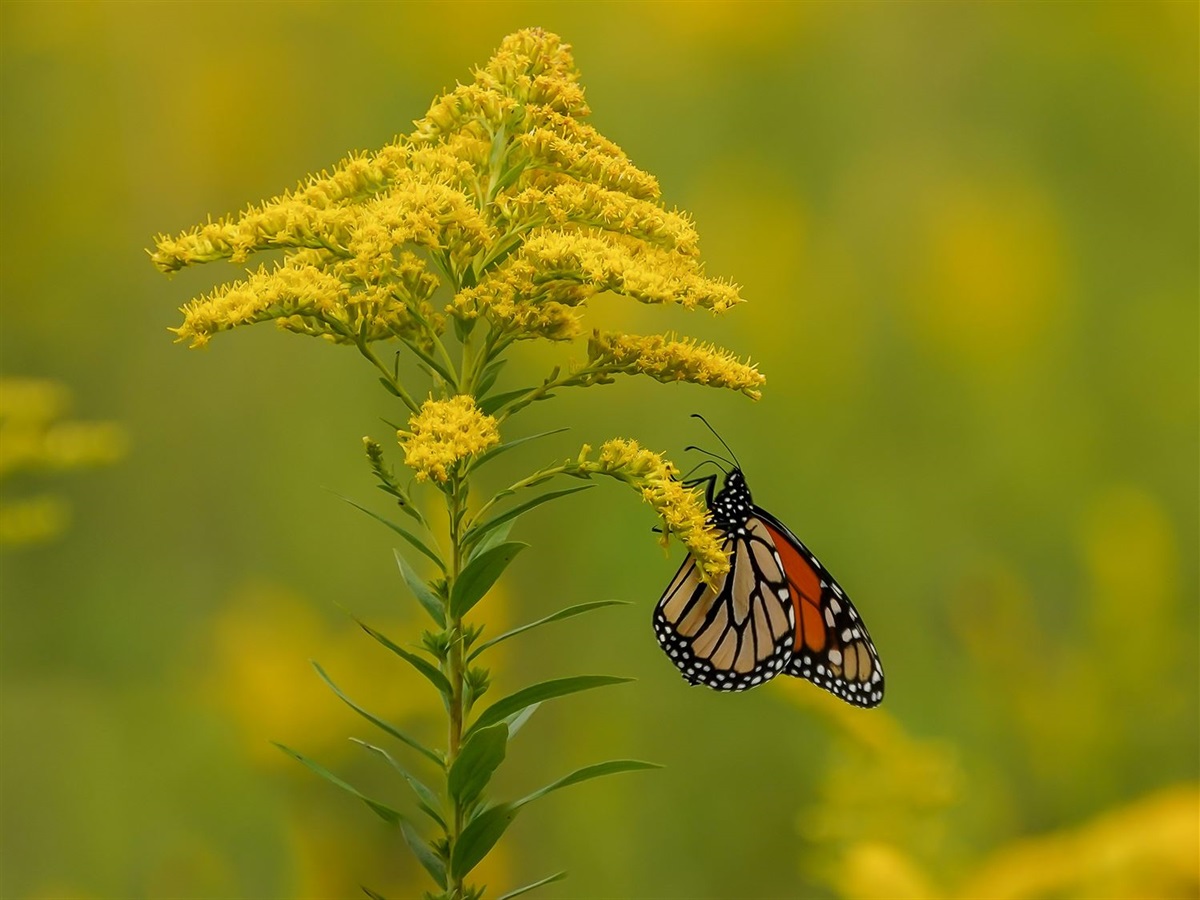Take Action!
Did you recently discover invasive plants on your property? Are you seeing invasive plants all around Manchester? Sign up for our Pulling for a Purpose Newsletter to be notified of educational walks and hands-on pull parties that will teach you how to identify and remove invasive plants.
Pulling for a Purpose Newsletter
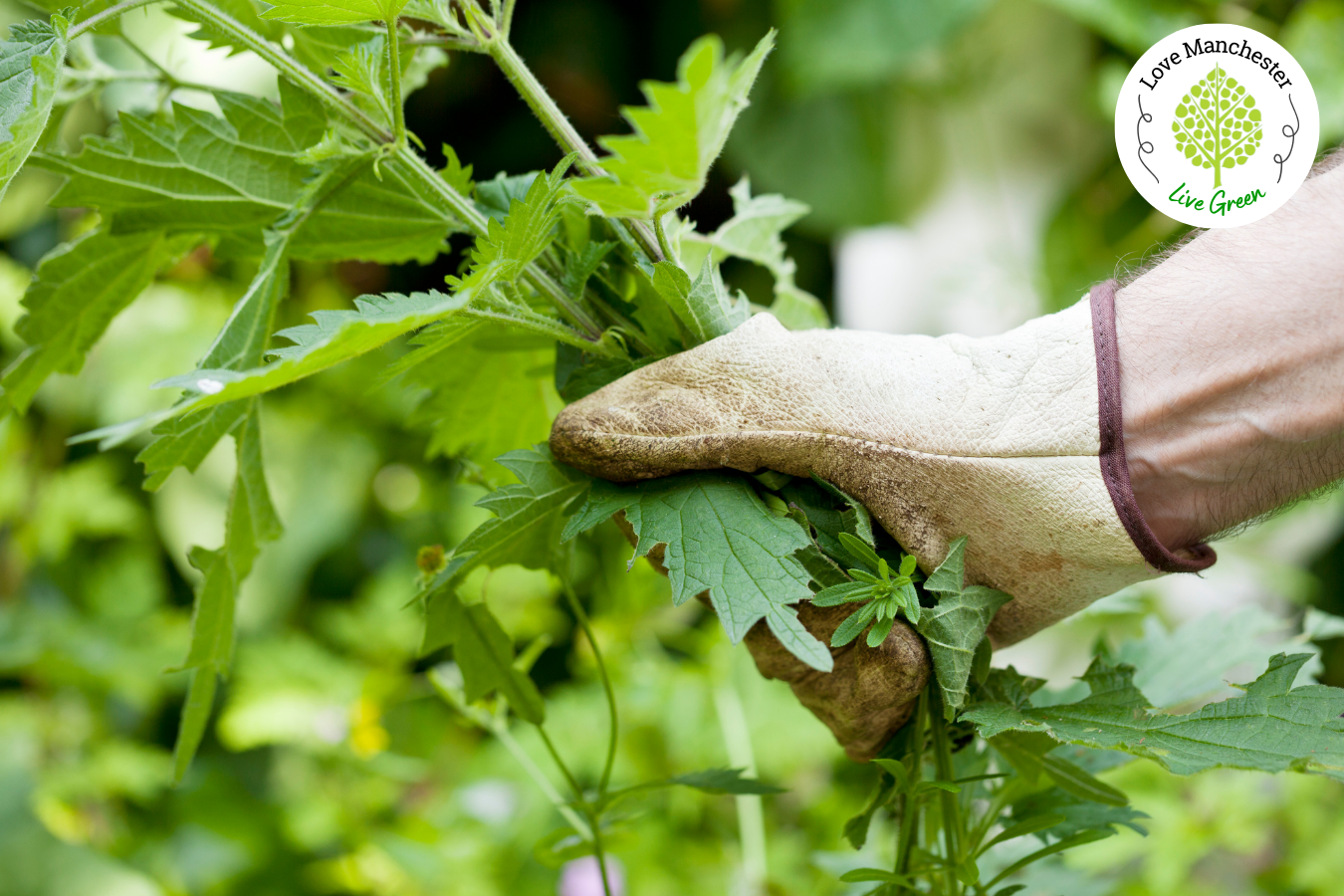
You can also check our our step-by-step process on how to deal with invasive plants on your property...
The Connecticut Invasive Plant Working Group defines invasive plants as "non-native plants that are disruptive in a way that causes environmental or economic harm, or harm to human health." Invasive plants have all been imported by people, either intentionally or accidentally, from other parts of the globe. In their home range, invasive plants aren’t invasive – there are natural mechanisms, such as herbivores, diseases and pests, and competing plants, that keep their populations in balance. But when introduced to our area, invasive plants don’t face those same pressures, and they can grow and spread unchecked.
The State of Connecticut has 9 criteria for defining an invasive plant:
Frequently Asked Questions
What is a native plant?
A native plant is one that occurs naturally in the place where it evolved. Native plants are part of the balance of nature that has developed over hundreds or thousands of years in a particular region or ecosystem. Only plants found here before European settlement are considered to be native to the United States. Some plants that people considered to be nuisance species, such as poison ivy and Virginia creeper, are actually native.
Are all non-native species invasive?
Not all non-native plant species are invasive. In fact, 31% of plants in New England are non-native, but 10% are considered invasive. Invasive species are non-native species that have certain characteristics that allow them to quickly overpopulate, such as:
- Growing and reproducing rapidly
- Leafing out earlier and retaining leaves longer than native species, allowing them to gather more nutrients
- Dispersing prolifically, either by seeds or clonally
- Tolerating a wide range of environmental conditions
Why are invasive plants a problem?
Native plants work in natural communities to clean air, water and soil, serve as the base of food chains, provide habitat for wildlife, and do much more. When invasive species infest a plant community, they outcompete and displace the native species that have evolved to be part of that community. This displacement can cause disruptions throughout the ecosystem. Colonies of invasive species impact food sources for wildlife, change the structure of habitats (such as branch heights for perching and plant density for hiding), and alter the amount of light, water, and space available for other plants. Invasive species can change the soil’s chemistry so that it is unfavorable for other species to grow in for years to come. In some cases, they can even directly harm or poison wildlife.
Invasive plants can directly impact people as well, such as impairing public utility operations, altering water quality, limiting outdoor recreation, and threatening public safety. Oriental bittersweet can pull down power lines, Japanese knotweed can crumble pavement and obscure sight-lines on roadways and corners, and water chestnut can clog the waterways - these are just a few examples. For farming and forestry operations, invasive plant infestations can bring significant economic impacts. Species like giant hogweed can even physically harm people, pets, and livestock.
What can I do about invasive plants in Manchester?
Check out the other pages of this website to learn more!
There are 102 known invasive plant species in the state. Check out the Top 10 Invasive Plants as determined by the Manchester Invasive Plant Working Group, provided below.
For the full list of invasive plants, go to the Connecticut Invasive Plant Working Group (CIPWG) Invasive Plant List.
CIPWG Invasive Plant List
Top 10 Invasive Plants in Manchester, Connecticut
1. Mugwort (Artemisia vulgaris)
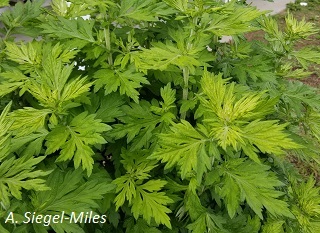
Herbaceous perennial weed. Mugwort foliage is gray-green, silvery beneath; the lower leaves are intricately dissected like those of Chrysanthemum, becoming simpler near the top. The plants can reach five or six feet tall. Each forms a spire of tiny, off-white flowers, which develop into dull brown seed capsules.
2. Garlic Mustard (Alliaria petiolata)
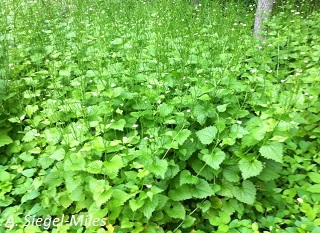
Herbaceous biennial plant. Early spring, flowers in May/June. Easily pulled up if gripped from the bottom of the plant. Mechanical removal before flowers go to seed is best.
3. Japanese Knotweed (Fallopia japonica; also Reynoutria japonica)

Herbaceous perennial with erect, hollow stems that can reach 3-10 feet in height. Japanese knotweed thrives in disturbed areas, along roadsides, and on stream or river banks, forming dense thickets that pose a significant ecological threat to riparian areas.
4. Fig Buttercup or Lesser Celandine (Ranunculus ficaria; also Ficaria verna)
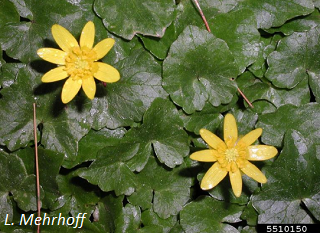
An herbaceous perennial plant that forms low-growing mats of dark green, kidney-shaped leaves.
5. Asiatic Bittersweet (Celastrus orbiculatus)
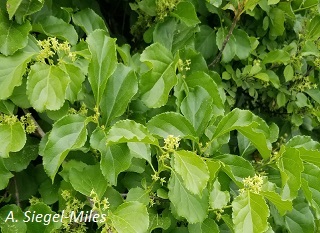
Deciduous, climbing, woody vine.
6. Japanese Barberry (Berberis thunbergii)

A woody deciduous spiny shrub; can grow 3-6 feet high.
7. Common Buckthorn (Rhamnus cathartica) and Glossy Buckthorn (Rhamnus frangula)


Deciduous shrubs or small trees that can grow up to 25 feet high.
8. Multiflora Rose (Rosa multiflora)

A dense, thorny deciduous shrub; often form dense thickets and can reach 4-15 feet high.
9. Autumn Olive (Elaeagnus umbellata)
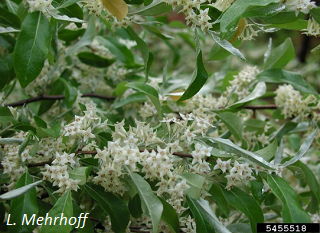
Large, multi-stemmed deciduous shrub capable of growing 20 feet high.
10. Tree Of Heaven (Ailanthus altissima)

Quick-growing tree that can reach heights of 80-100 feet.
How we dispose of invasive plants is just as important as properly identifying them. Some plants are so prolific because of their enhanced ability to regrow.
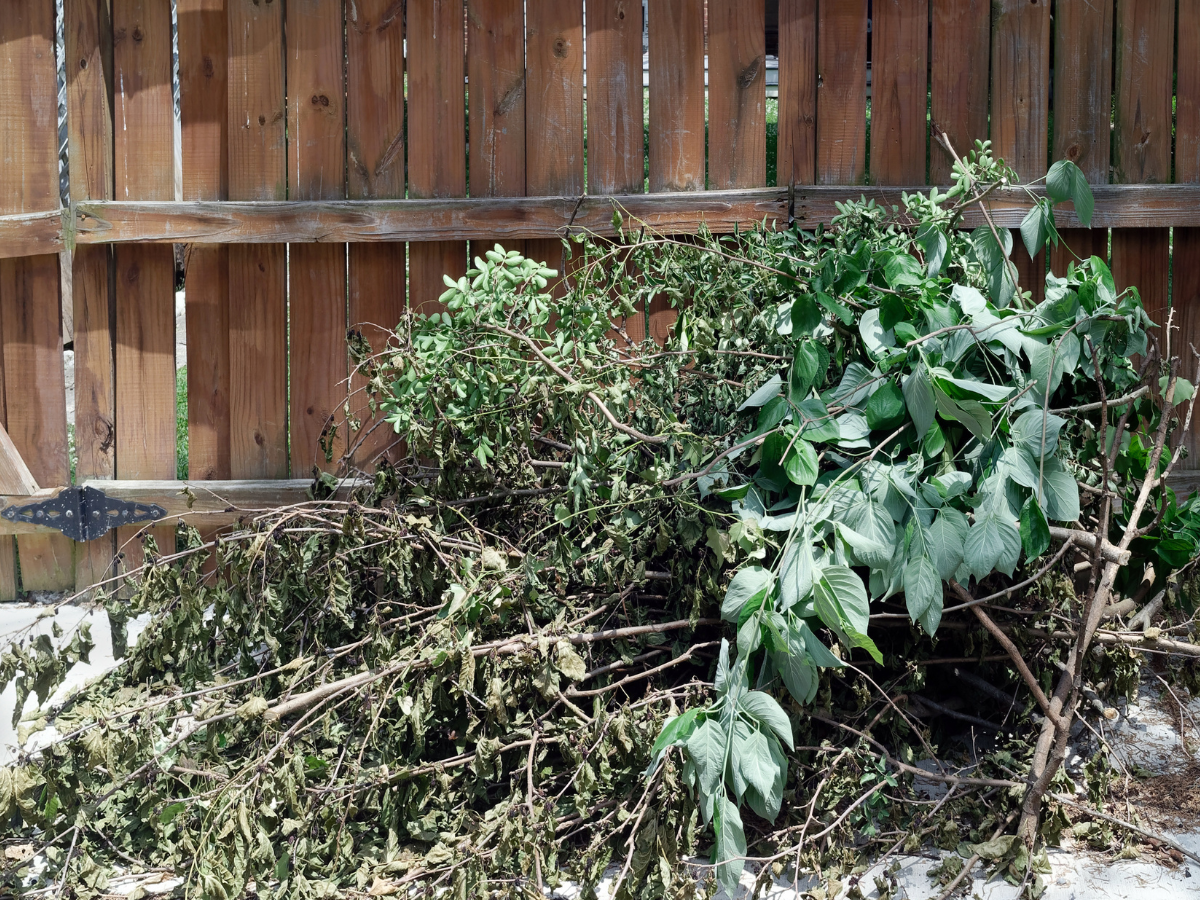
So you identified and removed the invasive plants on your property, now what? Some plants require years of maintenance and control, so restoring the site where you removed invasive plants is an important step.
- Cover exposed soil
- Plant fast growing native plants
- Monitor for re-emergence of invasive plants remove, as necessary

Native plants have evolved with their surroundings over hundreds or even thousands of years, making them ideal for use in site restoration where invasive plants were removed. Provided below are profiles of plants that are native to Connecticut.
